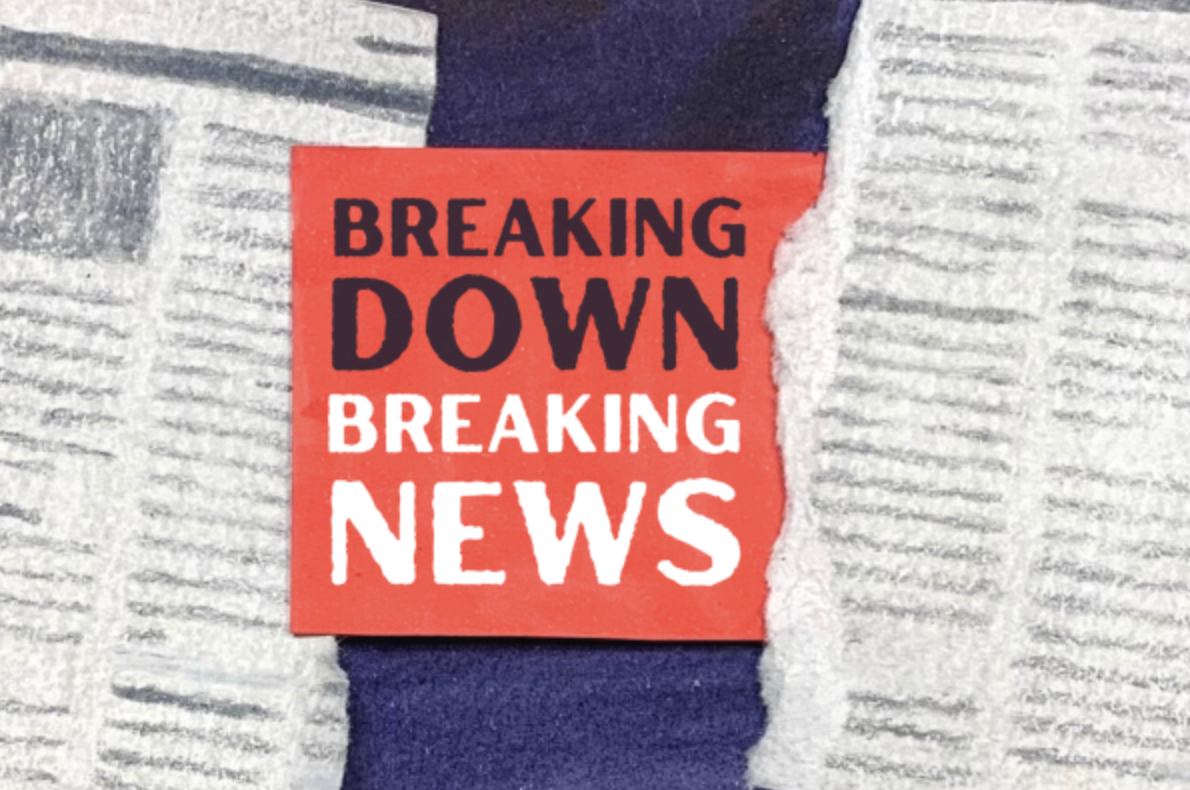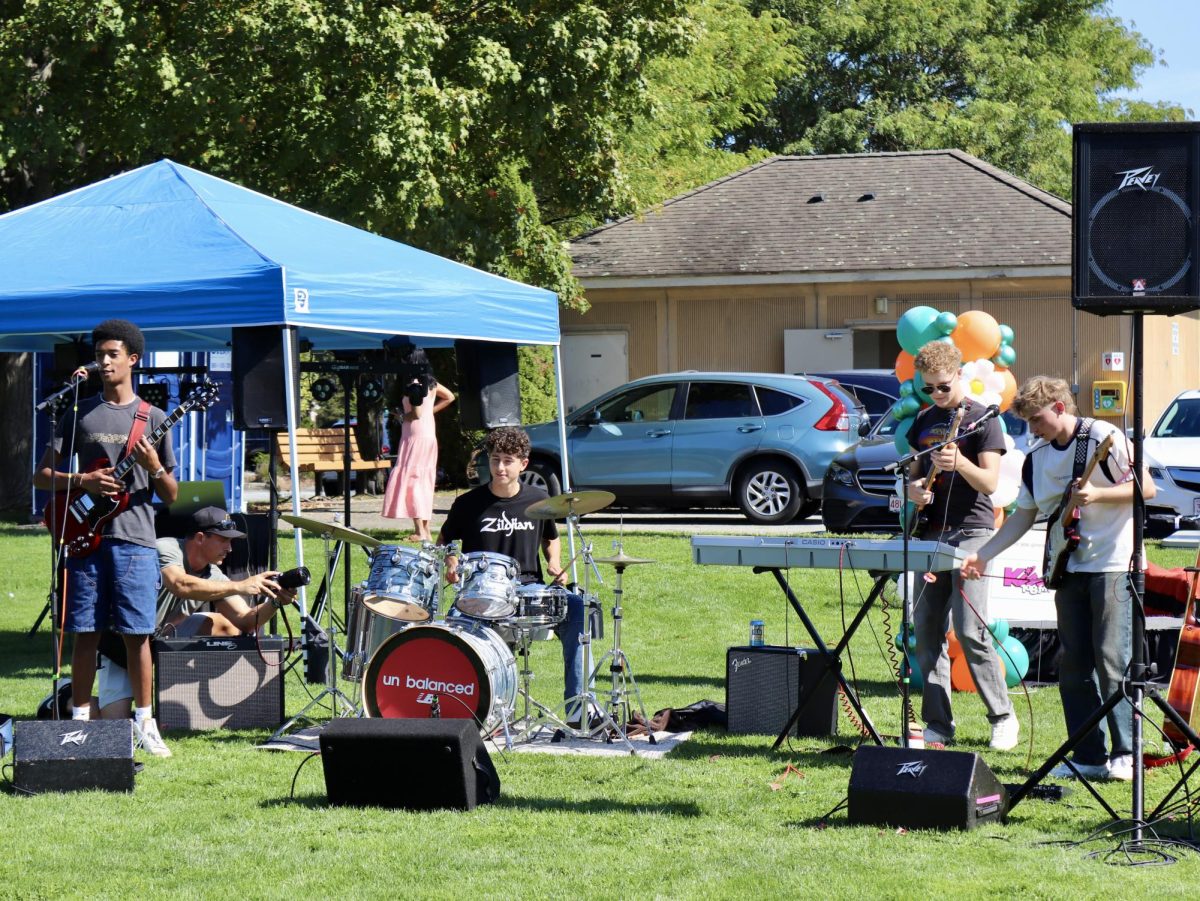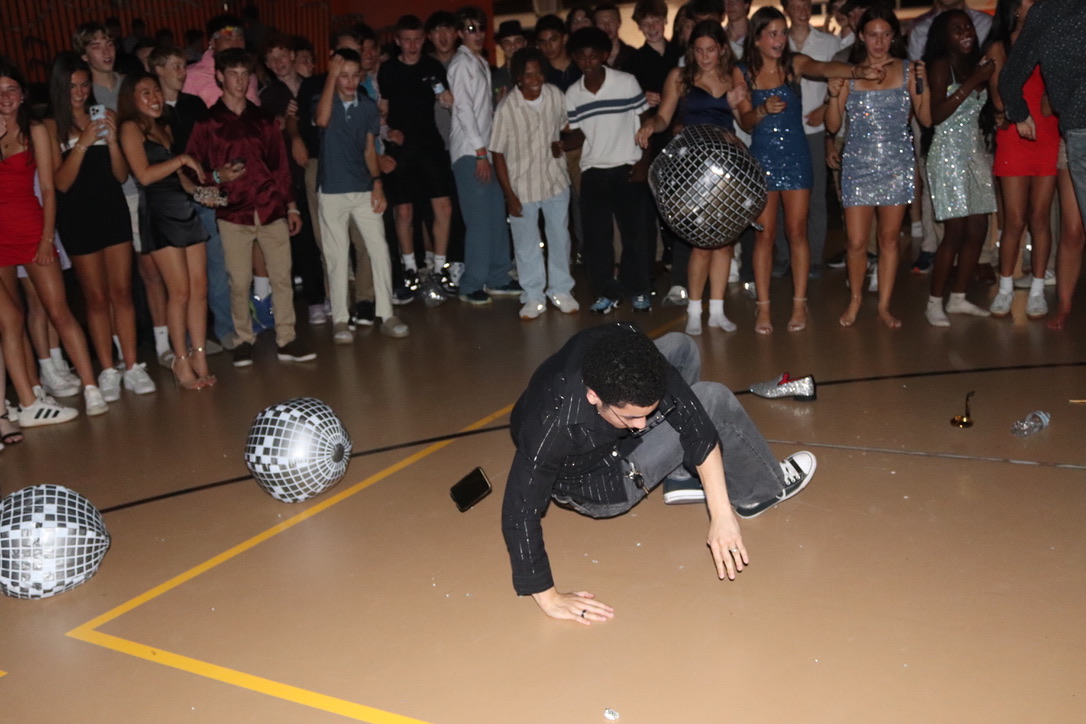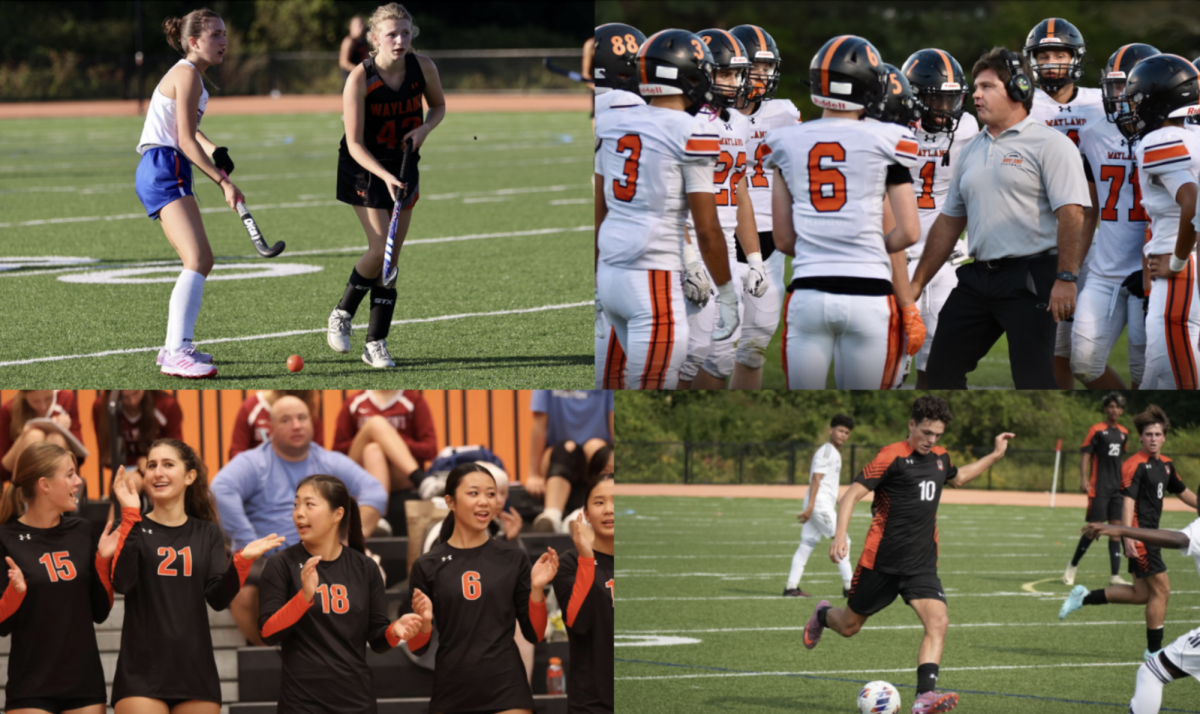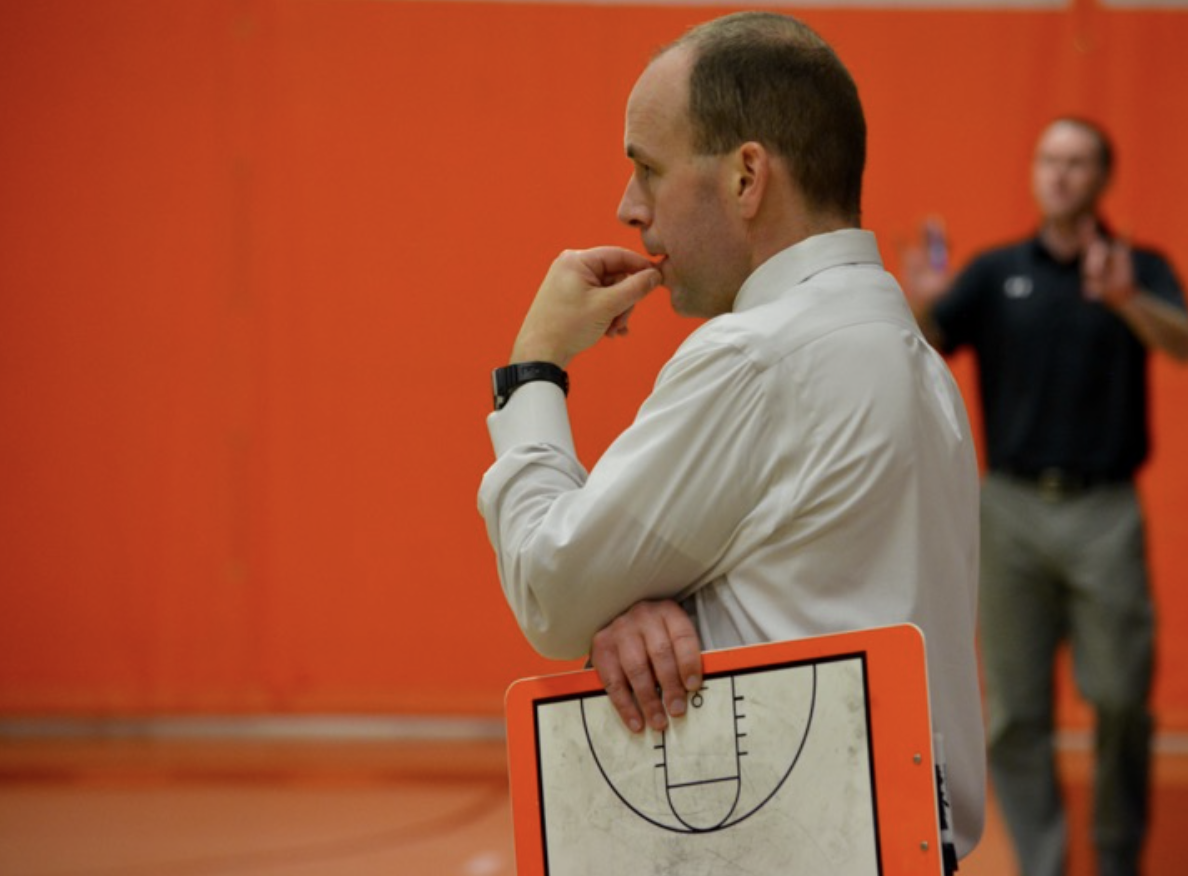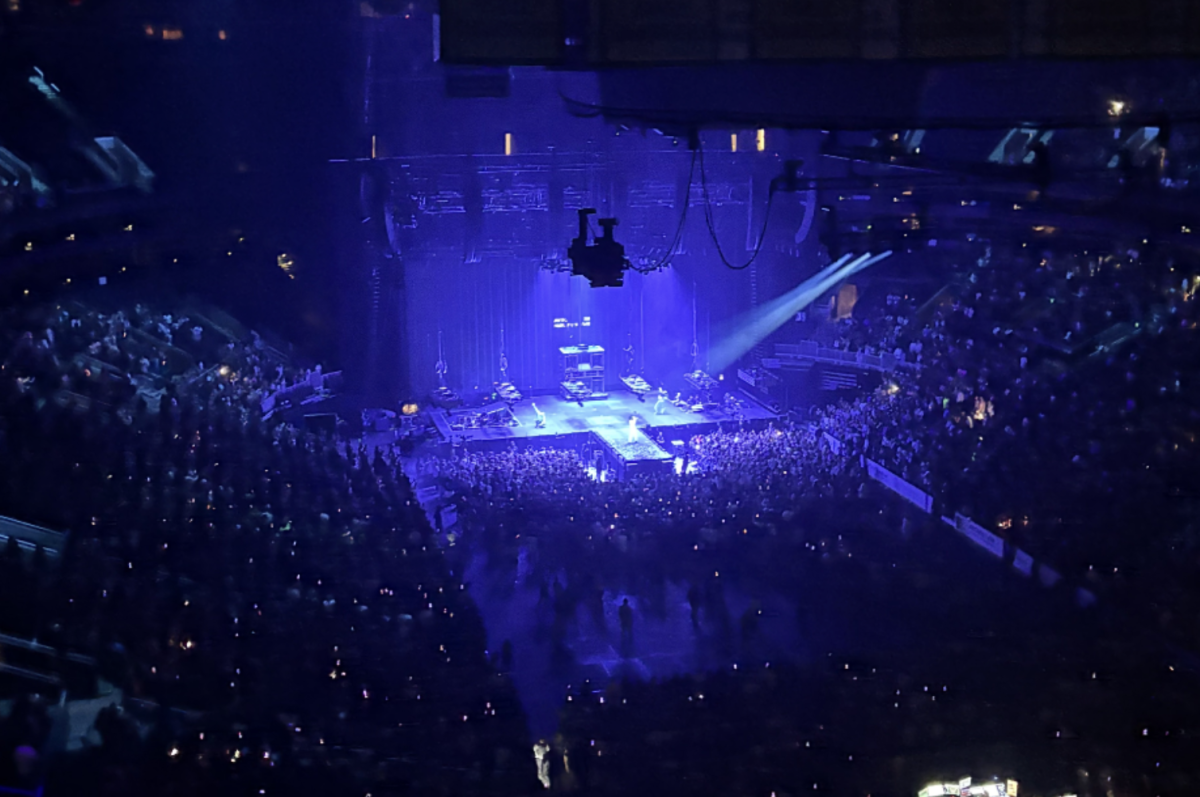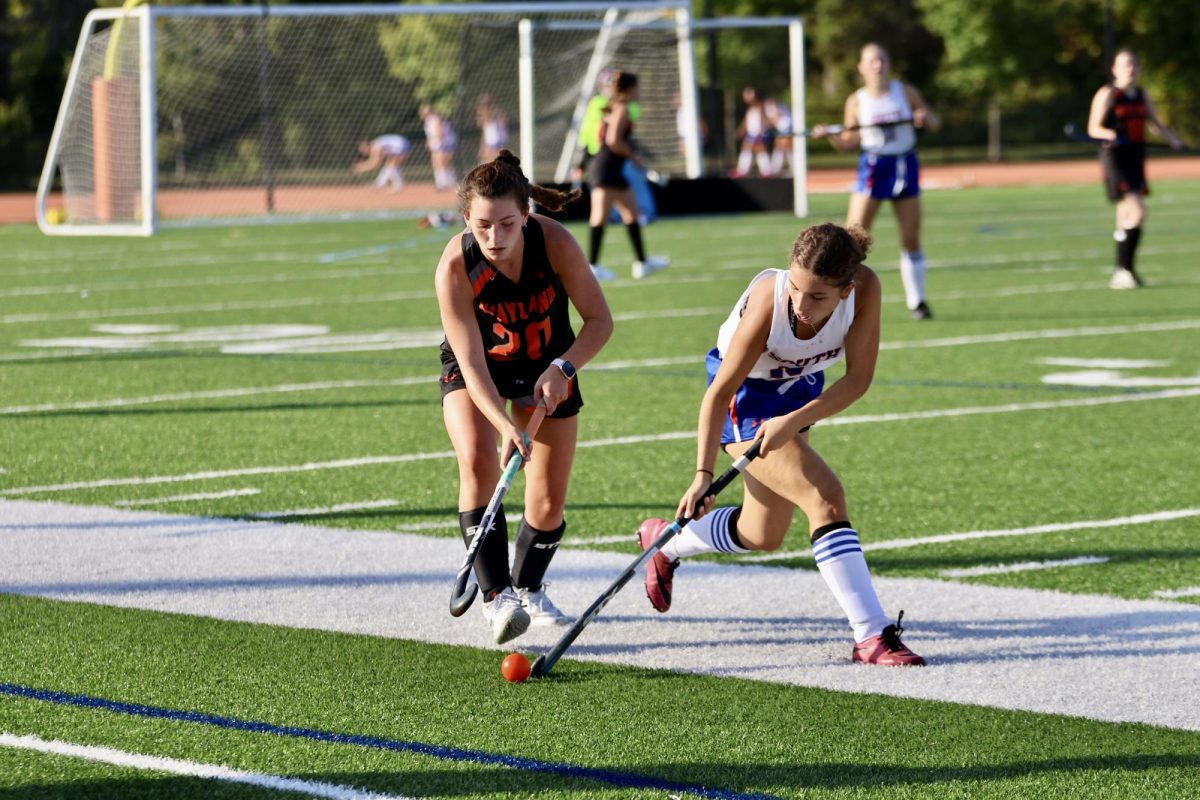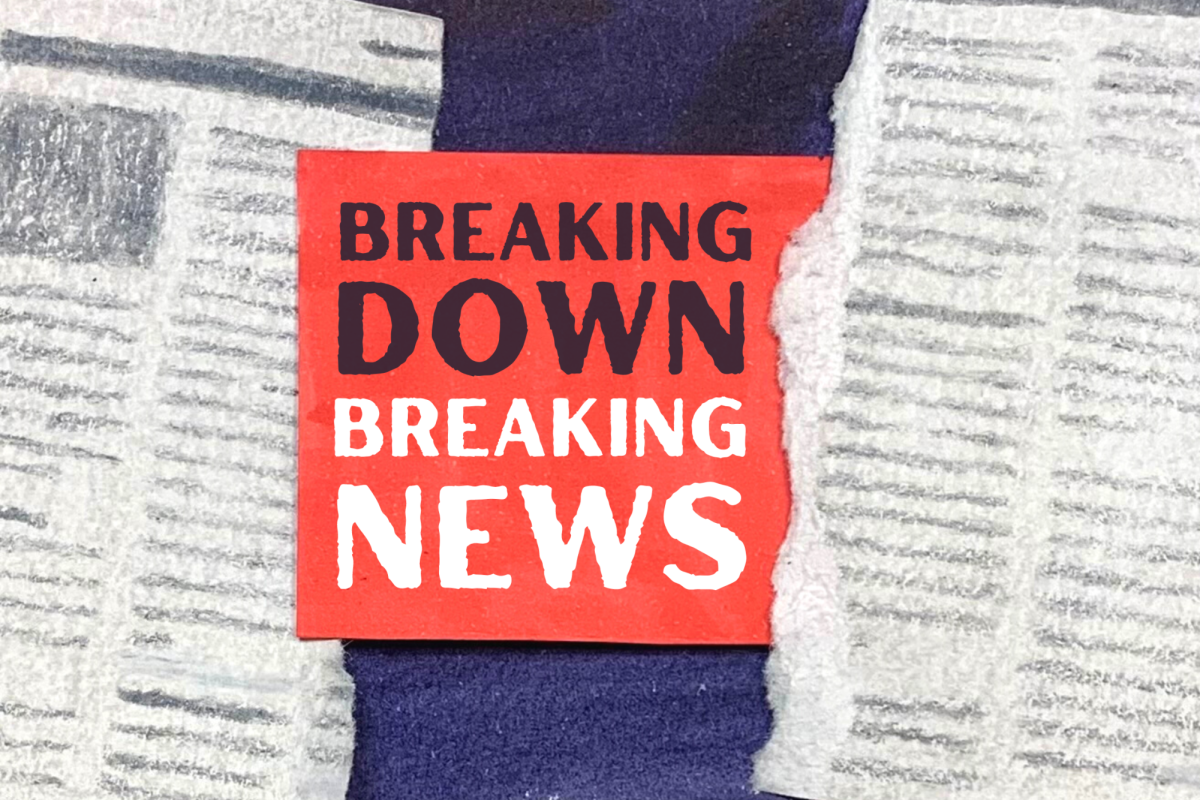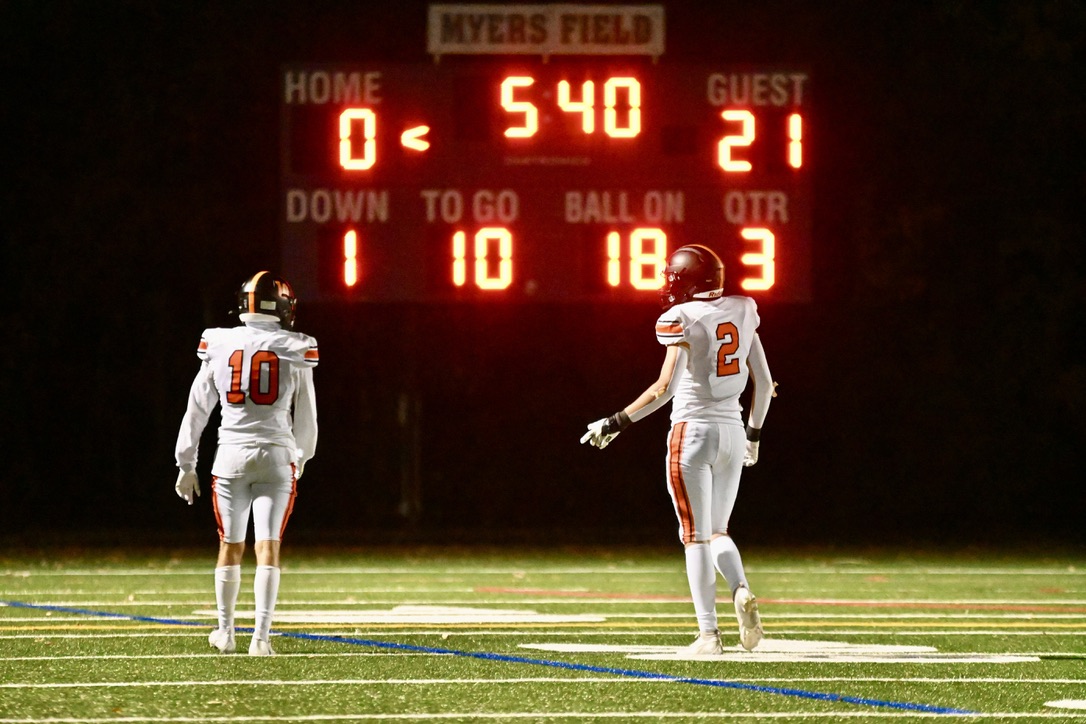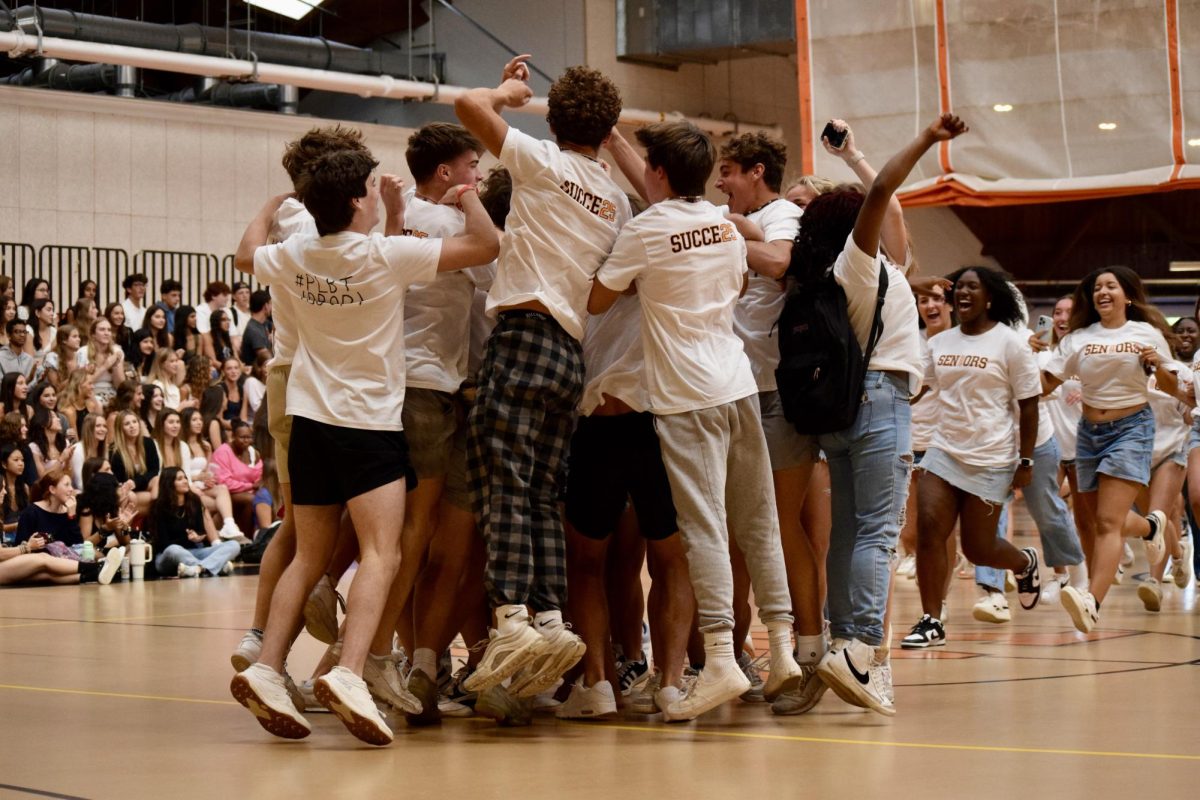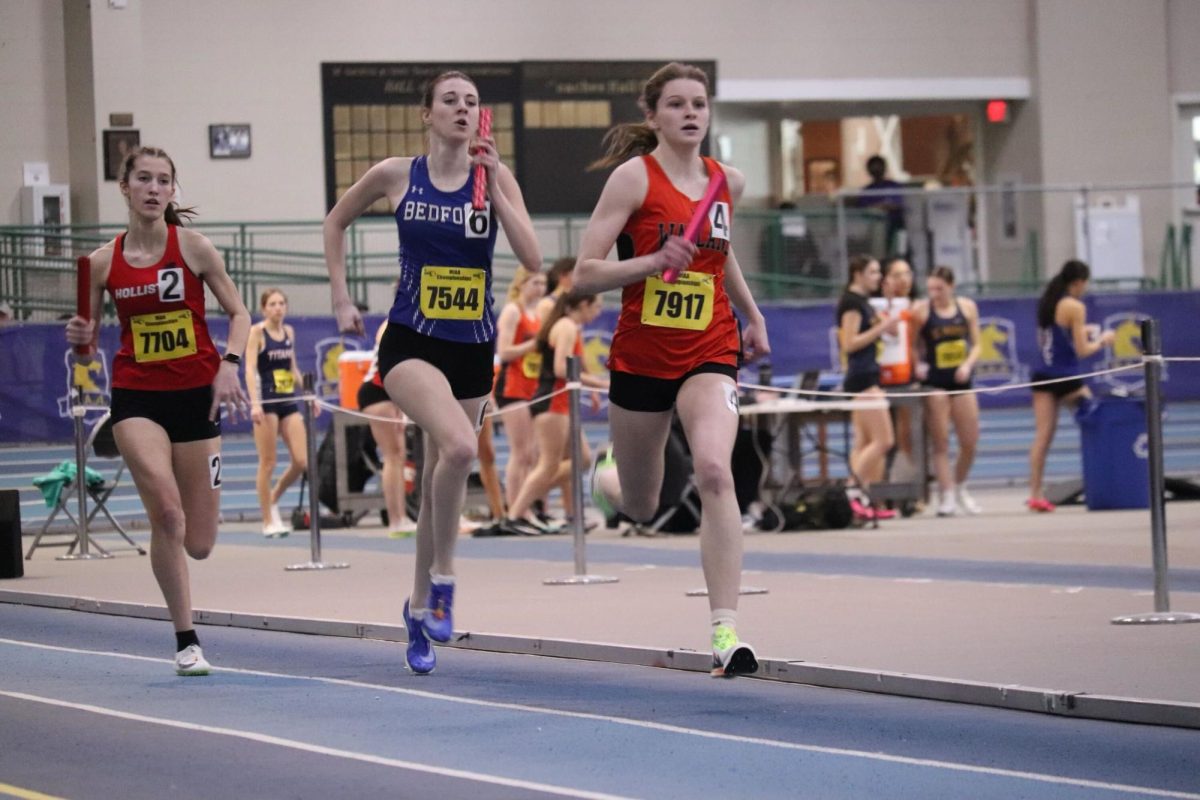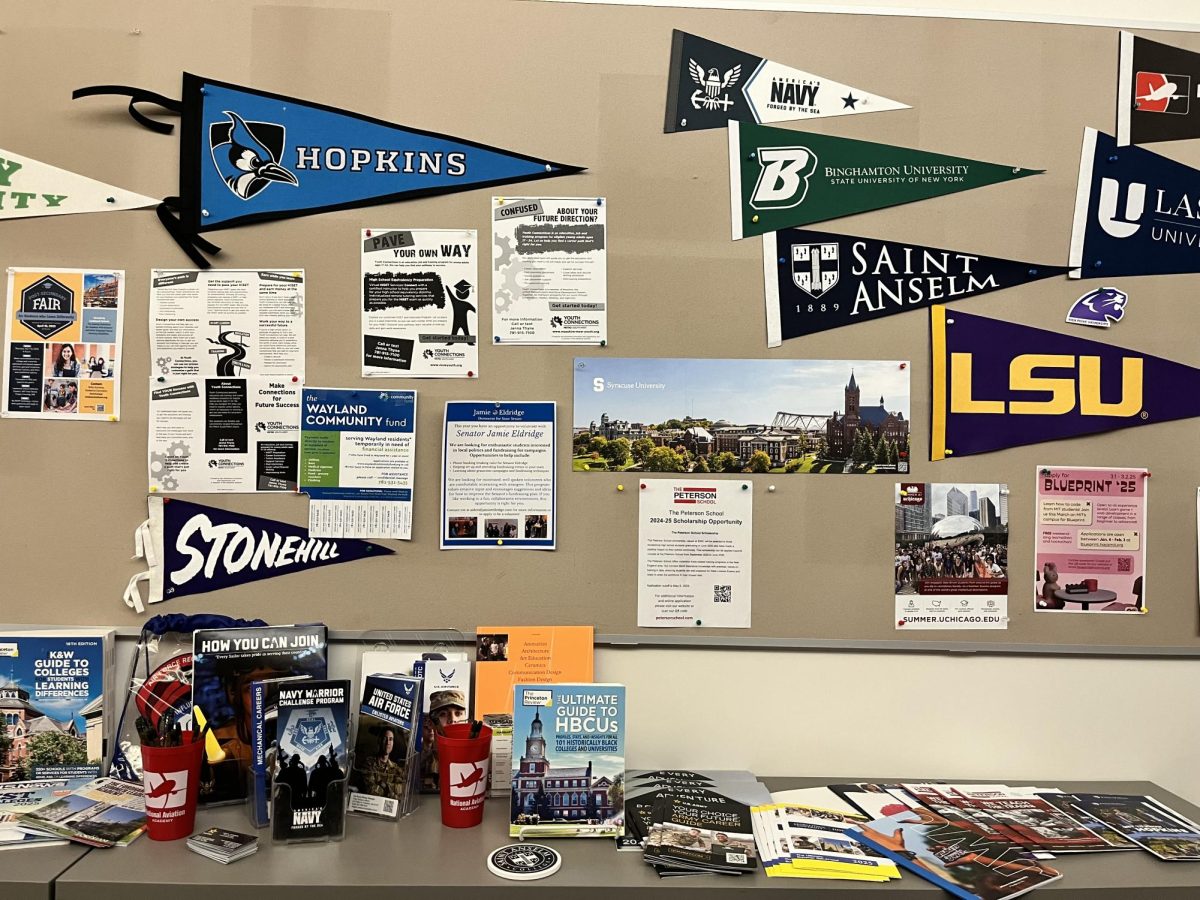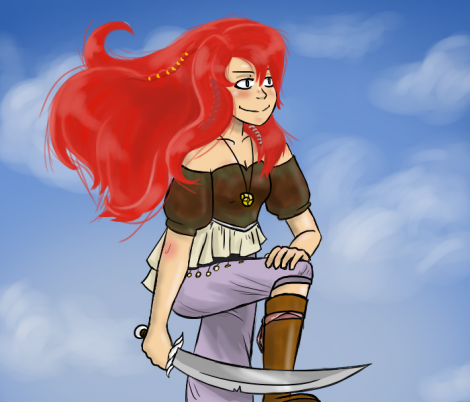
One of the highlights from every child’s weekend is wake up from a long night’s slumber to enjoy Sunday morning cartoons. For sophomore Anna Marobella, the amusement found in those half hour blocks inspired her to try her own hand at animation.
“I became interested in creating that sort of movement and started paying attention to the detailed ways the characters’ hands move and their facial expressions,” Marobella said.
Marobella says that as a child, the TV show “Code Name: Kids Next Door” was the most influential cartoon that encouraged her to pursue animation. When Marobella started experimenting with animation, she practiced with sketching cartoons, but lately, she has been focusing on anime, a style of animation that originated in Japan.
“I’d say cartoons have more slapstick humor, while anime tends to have a more drier humor,” Marobella said. “There are also very specific proportions in anime that you don’t really see very consistently in cartoons.”
Marobella says that she is also trying to adapt some of her style form examples that she sees in manga, which she describes as “the book version of anime.”
Marobella uses FireAlpaca, an online painting software, to create her sketches. She also uses drawing tablets that connect to her computer and allow her to transfer her sketches in real time.
To create an animation, Marobella explains that a series of layers, or ‘frames,’ are sketched to keep a character in place or moving.
“All the frames have to be a progression of the movement, so if you want one character to stay still in the animation, you have to draw the character in the same position over and over again so it stays still for a long period of time,” Marobella said. “For each time you want the character to move, you have to move the parts you want to move over just a tiny bit each frame, and as the animation is in playback, the character moves across the screen really smoothly.”
Marobella says the most difficult part of creating an animation is timing.
“I need to figure out how long a frame can span and how quickly I need to move characters’ mouths or their movement across the screen to match a certain time,” Marobella said.
In order to refine her realistic skills, Marobella sculpts and paints with oil and acrylics, which she says helps her look at movement and how they affect shadows.
Since pursuing her interest in animation, Marobella says that she has come to appreciate the process behind it more.
“I notice a lot of little movements now,” Marobella said. “The way the shadows move, the background characters, like those in Disney films, those are my favorite parts to watch now because they have so much characterization in such little space.”

![During the WHS club fair, senior Molly Bergeron is watching a student sign up for her club, Eliza J. Norton Foundation. In this club, students meet every week and come up with ideas to spread the message. "[This club] really touches a lot of people in the town," Bergeron said.](https://waylandstudentpress.com/wp-content/uploads/2025/10/IMG_1335-1200x800.jpg)
